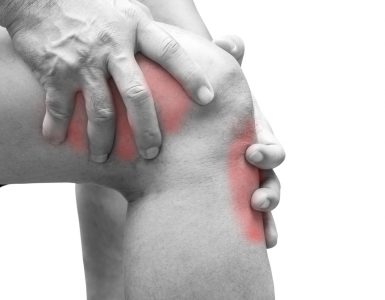(calendula officinalis)
Botanical family: Compositae
Parts used: Dried flower heads
Main active constituents: Flavonoids, terpenoids and volatile oils
Actions: Anti-inflammatory, antiseptic
Good for: Varicose veins, haemorrhoids, wound healing.
Available forms: Liquid extract, tincture, creams
Calendula, or pot Marigold is native to the Mediterranean countries. The name calendula refers to the plants tendency to bloom in accordance with the calendar – every month, in some regions, or during the new moon. Marigold refers to the Virgin Mary and marigolds are traditionally used in catholic events concerning the Virgin Mary.
History of Calendula flower
Used historically as poor man’s saffron, calendula adds both colour and flavour to some foods, especially rice and chowders. It was prevalent in European marketplaces during the middle ages and was a common soup starter. Today, petals are sometimes added to salads. Medicinally, infusions, extracts and ointments prepared with these petals were used by folk medicine healers in Europe to induce menses, produce sweat during fevers and to cure jaundice. Both today and in historic times, calendula tinctures, ointments, and creams have been used to speed the healing of burns, bruises, cuts, and the minor infections that they cause.
Current uses of Calendula flower
INFLAMMATION OF THE MOUTH
In Germany the use of calendula flower has been approved for relief of inflammation of the mouth and throat.
WOUND HEALING
While calendula’s mechanism of action in stimulating wound healing is poorly understood, effects are localised and clearly demonstrate anti-inflammatory actions. In Europe, ointments used to treat oral lesions or slow healing cuts and sores, rely on the immunostimulatory and antibacterial actions of calendula.
How to take Calendula flower
You need to take 0.5-1ml of alcoholic extract three times daily.Creams to be applied as directed.
Try this
Calendula is found in various creams available in health food stores.







